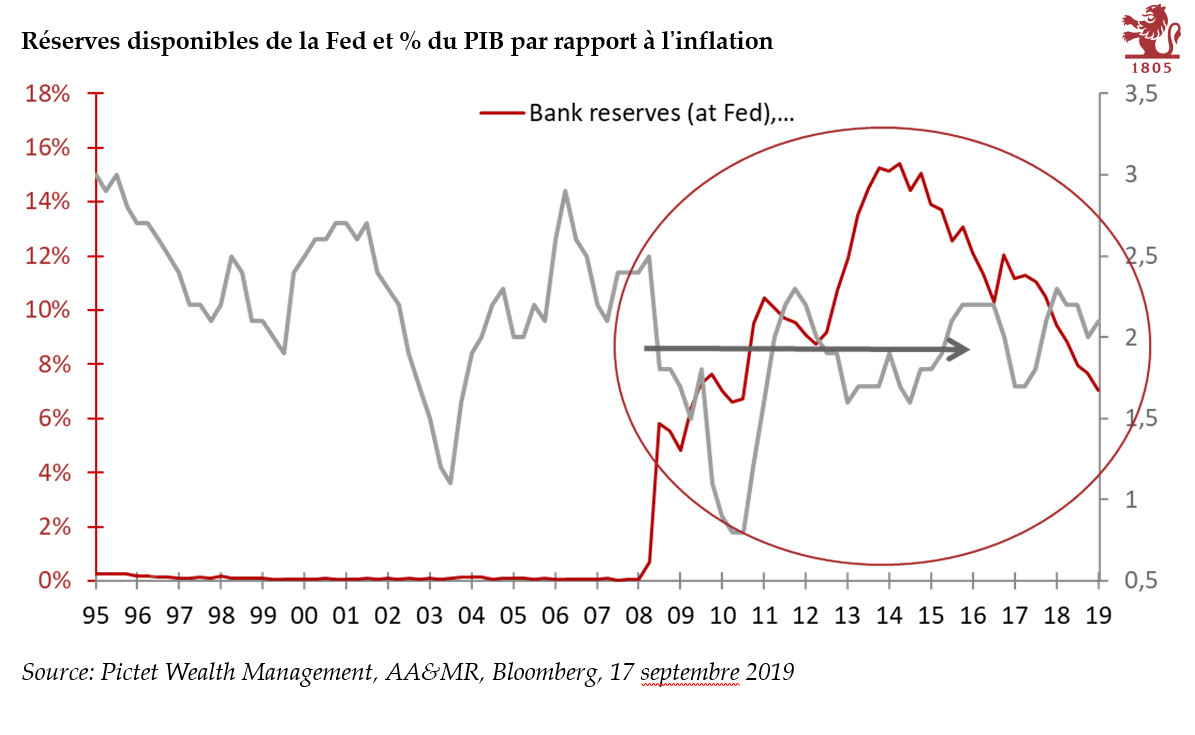On 6 April, the Trump Administration announced additional and more severe sanctions against Russia “in response to the totality of the Russian government’s ongoing and increasingly brazen pattern of malign activity around the world”. US sanctions target seven Russian oligarchs, 12 companies controlled by them, and 17 high-ranking government officials. The measures freeze any US assets held by those targeted and cut them off from US finance, trade and investment.
These sanctions confirm a tougher stance on Russia by the US, led by the US Congress. In August 2017, Donald Trump had to sign a bill imposing new sanctions on Russia, which also limits his own authority to reverse or relax them. This bill was passed by an overwhelming majority in Congress (98-2 in the Senate and 419-3 in the House of Representatives). Congress also considered extending sanctions to include Russian sovereign debt. In February, the US Treasury Department warned Congress of “negative spillover effects” on global financial markets and businesses if US sanctions Russian debt.
Given the geopolitical tensions with Russia (e.g. Syria and Skripal poisoning case) and the very hawkish stance of the US Congress on Russia, an eventual extension of sanctions in respect of Russian sovereign debt following a series of new sanctions cannot be ruled out.
The rouble severely hitThe Russian rouble significantly declined the week following the announcement of the sanctions (almost 12% relative to the US dollar at one point). The decline was likely magnified by the large long exposure to the rouble. Among short-term speculators, net long exposure to the rouble was around 65% of open interest, close to the highest levels of this indicator (see Chart 1). In term of valuation, the deviation of the Russian rouble real effective exchange rate is now around 15% below its 10-year moving average. It is true that in December 2014 the rouble was significantly more undervalued with a deviation of around 48% to its long-term average. At that time sanctions were also at issue but there are two major differences. The first is that on 10 November 2014, the Central Bank of the Russian Federation (CBR) decided to let the rouble float freely, two months before the planned date, as FX reserves were shrinking rapidly in the attempt to maintain the dual currency soft-peg against the dollar and the euro. |
CFTC Net RUB Non-commercial FX Positions, 2009 - 2018 |
The second is that the rouble is an oil-sensitive currency and the oil price was declining sharply (-22% in the three months prior to 10 November). Currently, the oil price is close to its highest levels since December 2014. Consequently, while the oil price was weighing on the rouble in 2014, it is now a positive factor. In that regard, looking at the relationship between oil price and the rouble, the current deviation is as extreme as it was in 2014 (see Chart 2).
Undervalued but quite riskyOverall, looking at valuation and the deviation to oil price, the Russian rouble is significantly undervalued and seems to discount additional sanctions on Russia. Ultimately, the fate of the rouble will depend on whether its recent depreciation overstates or understates the threat of further sanctions and the negative impact on the Russian economy. The risk that sanctions could be extended to Russian sovereign debt at some point, however, suggests that the rouble has become definitively more risky. |
Relationship between USD/RUB and Oil Price, Nov 2014 - Apr 2018 |
Tags: Macroview,newslettersent










































